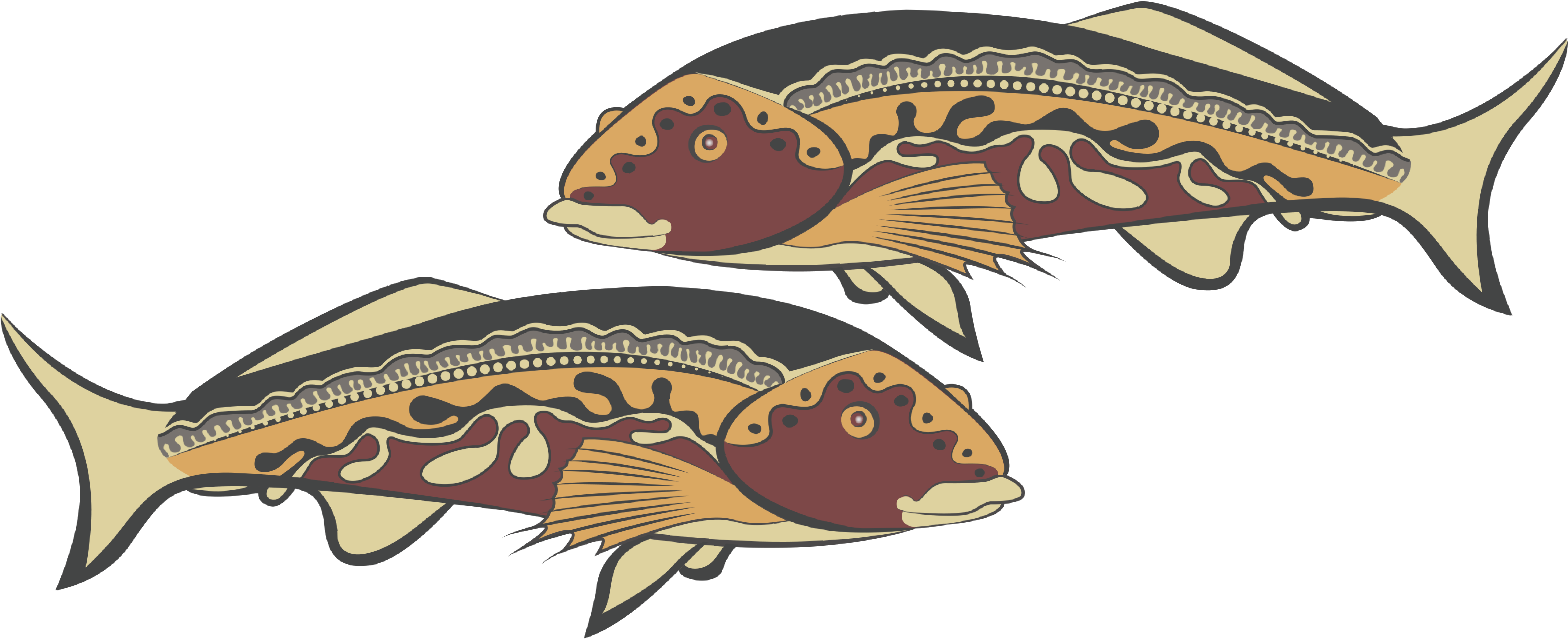Bringing together Indigenous and scientific knowledge about Gynburra, or the Dusky Morwong (Dactylophora nigricans), is helping to build a better understanding of the species and changes in local fish populations.
On the last weekend in January, the coastal town of Port Victoria on South Australia’s Yorke Peninsula, known as Guuranda, comes alive to celebrate Gynburra, the iconic fish species closely connected to the hearts of the region’s Narungga people.
The two-day Gynburra (Festival) brings the local Indigenous culture to the broader community. It also connects Indigenous fishing practices with scientific knowledge about the Gynburra species, as part of an FRDC-funded project (2021-050).
Gynburra are also known as butterfish, and the Narungga people are known as the Butterfish Mob; it is a cultural significant species for their people.

It is also a popular species for recreational fishers, particularly spear fishers.
For the Narungga, fishing is traditionally men’s business, and a Gynburra spear fishing competition has been held each year since the late 1970s as a way of sharing cultural knowledge and teaching cultural practices to young boys.
With local people moving away to find work over many years, participation in the annual competition fell to just a dozen participants. A major re-imagining of Gynburra and its meaning for the Narungga people in 2012 has reinvigorated the competition as part of a much larger event designed to both celebrate and share Indigenous culture.
In 2023, the competition attracted 267 participants, with similar numbers expected in 2024, as the Gynburra festival celebrates its 10th anniversary. It is the largest celebration of culture by a single Aboriginal Nation in southern Australia.
Through the FRDC project, the competition has also become central to education and information-gathering activities to better understand and preserve the species and cultural practices.
Project principal investigator, Garry Goldsmith says event organisers worked closely with scientists, fisheries officers, educators and participants to collect data from a subsample of almost 300 fish caught during the 2022 and 2023 competitions.
This was added to detailed biological information collected from cultural fishing activities in Port Victoria and Point Pearce areas in summer and autumn of the same years.
Dr Paul Rogers, from Southern Fishery and Ecosystem Solutions led the scientific aspects of the project, which included showing Narungga members how to dissect fish to identify male and female fish and how to tell whether they were sexually mature.
“We already knew how to tell what the fish were eating, based on what we found in their intestines, but our people were excited to learn more about these gender and maturity aspects of Gynburra,” says Garry.
The results from the fish sampling and from conversations with Indigenous fishers reveal there are fewer Gynburra being caught on the inshore culturally significant reefs. Those that are caught are smaller than in the past, and often not sexually mature.
It also confirmed that cultural fishing during the peak period was not taking place during spawning or pre-spawning, which Garry says is important to the community to protect future fish stocks.
FRDC Senior Research Portfolio Manager Josh Fielding says Gynburra (the Festival) is proving an important way to share knowledge about the species and to build stewardship among the Narungga people and the wider community.
The new information gathered has helped to fill information gaps about the biology and lifecycle of the species.
“It also suggests there are some changes in the biology of the stock that may warrant further investigation, and that there is value in understanding the overall size of the take,” says Josh.
“The Narungga people, recreational fishers and fisheries managers will all have an interest in the data and in maintaining the health of this culturally important species,” he adds.
Related FRDC Projects
FRDC Project 2021-050: Maintaining cultural practices and building knowledge and capacity to support sustainable fishing of the Gynburra on Narungga Sea Country





